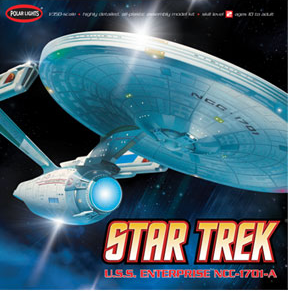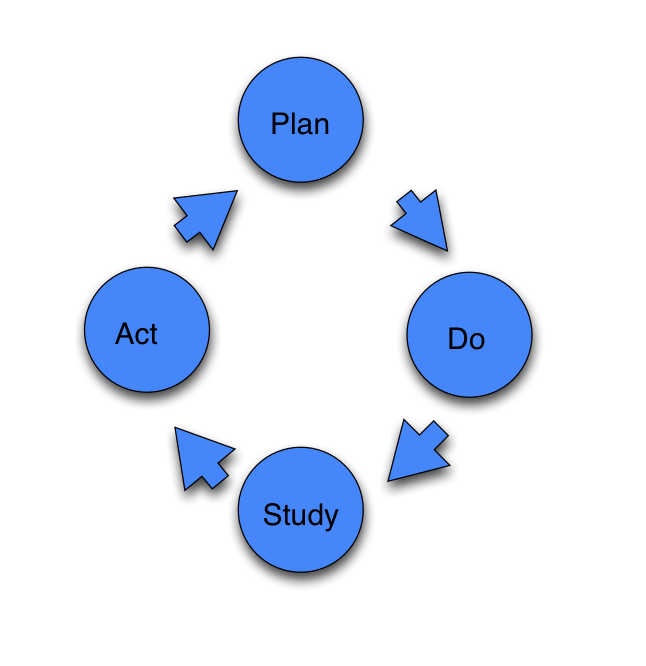 This post is by Dr. Domenico Lepore, an international expert on systems thinking for management. Together with Oded Cohen he developed the Decalogue Management Methodology, combining the management philosophy of the founding father of Quality, W. Edwards Deming, with the Theory of Constraints. Dr. Lepore is no stranger to standards. The device that resulted from his research thesis on quantum metrology in the late 1980s was adopted as the Italian national voltage standard. He was Italian representative for the ISO (International Standards Organization) Technical Committee 176 in 1988. Under his supervision many companies achieved ISO 9000 certification. He is the Founder of Intelligent Management Inc.
This post is by Dr. Domenico Lepore, an international expert on systems thinking for management. Together with Oded Cohen he developed the Decalogue Management Methodology, combining the management philosophy of the founding father of Quality, W. Edwards Deming, with the Theory of Constraints. Dr. Lepore is no stranger to standards. The device that resulted from his research thesis on quantum metrology in the late 1980s was adopted as the Italian national voltage standard. He was Italian representative for the ISO (International Standards Organization) Technical Committee 176 in 1988. Under his supervision many companies achieved ISO 9000 certification. He is the Founder of Intelligent Management Inc.
Method and structure for innovation
In our previous post, we suggested there are several steps towards prosperous innovation, the first of which is to create an operational definition for innovation. The second step is to invalidate the flawed assumption that equates “imagination” to “Innovation”. Imagination and intuition are foundational to the innovation process but they are only a part of it. This is not to undermine in any way the importance of creative thought. Imagination, what we may describe as a new set of synapses developed by the inventor, can indeed be the spark for an innovation. However, what keeps the flame of innovation alive and transforms it into an actionable project is something else.
Innovation is intrinsically connected with change, with the development of something, be it a product, a process, a service, or a technology, etc., that did not exist before. This innovative change, however, is not enough in itself. It must also be sustainable. What do we mean by sustainable? That it can be repeated over time. This means that both innovation and change must be continuously fuelled by a mechanism that ensures sustainability. This mechanism for sustainability must have:
1) a solid conceptual foundation
2) a practical and economical way of being activated
When we say economical, we mean it in its broadest sense, as something that ensures a return for its investors but that does not create damage to people or the environment in the process of creating that return. You cannot have one without the other, as any damage created will eventually impact the entire economic system concerned.
Achieving sustainable innovation
How do we achieve this? The solid conceptual foundation required for the mechanism to fuel sustainability can be found in the PDSA cycle (Plan, Do, Study, Act) as described by Dr. Shewhart and then fully developed by Dr. W. Edwards Deming into a full blown economic theory, The Theory of Profound Knowledge.
The PDSA cycle goes well beyond a technique. It is foundational in that it embeds the rigour of the scientific method into the process of innovation. It incorporates feedback into the way we develop new products as we move through a continuous cycle of planning change, carrying it out, studying the results and feedback, then moving on to incorporate the results of our findings into a newer product or service to start the entire cycle again.
The practical and economical way to activate the mechanism that ensures sustainability is to build the organizational structure that has to be in place in order for innovation to happen, i.e. one that embraces and functions on the basis of the PDSA cycle. An organization that embraces the PDSA model is poised for innovation because it allows imagination to be linked coherently and cohesively to what people eventually will buy and thrive with. What makes Apple unrivalled today is not (only) the imaginations of Jon Ive and Scott Forstall, but the amazing supply chain that connects their ideas to everything else needed to ensure that you and I can enjoy Apple’s products. Dr. Deming would refer to all of this as Quality.
 Let’s face it, Quality systems have largely failed in delivering to customers what customers wanted and they have often become just another piece of red tape with which companies have to comply. Quality systems have not been delivering what they were originally created for: the stability, repeatability, predictability and reliability of products and processes, in other words the very building blocks for sustainable economic growth.
Let’s face it, Quality systems have largely failed in delivering to customers what customers wanted and they have often become just another piece of red tape with which companies have to comply. Quality systems have not been delivering what they were originally created for: the stability, repeatability, predictability and reliability of products and processes, in other words the very building blocks for sustainable economic growth.
If innovation is critical for economic growth, then current quality systems cannot sustain innovation. Why is that so? We’ll be looking at that in the next post in this series on innovation.






SYSTEMIC INNOVATION
Applied to
Iconoclastic development of B2B Enterprise Mobility Eco-system as described by my membership in the Canadian CATA http://www.cata.ca group.